
In the temperate region, we experience all 4 seasons including a true spring and fall, which allows for a wide variety of forage for our bees. Abundant spring-summer flows contrast with extended, milder fall yields. We utilize the early spring to build back from winter losses and set up hives for a successful season. Only hives that overwinter strong and have produced enough comb are eligible for harvest. Each hive and season carries uniqueness, crafting distinct honeys.
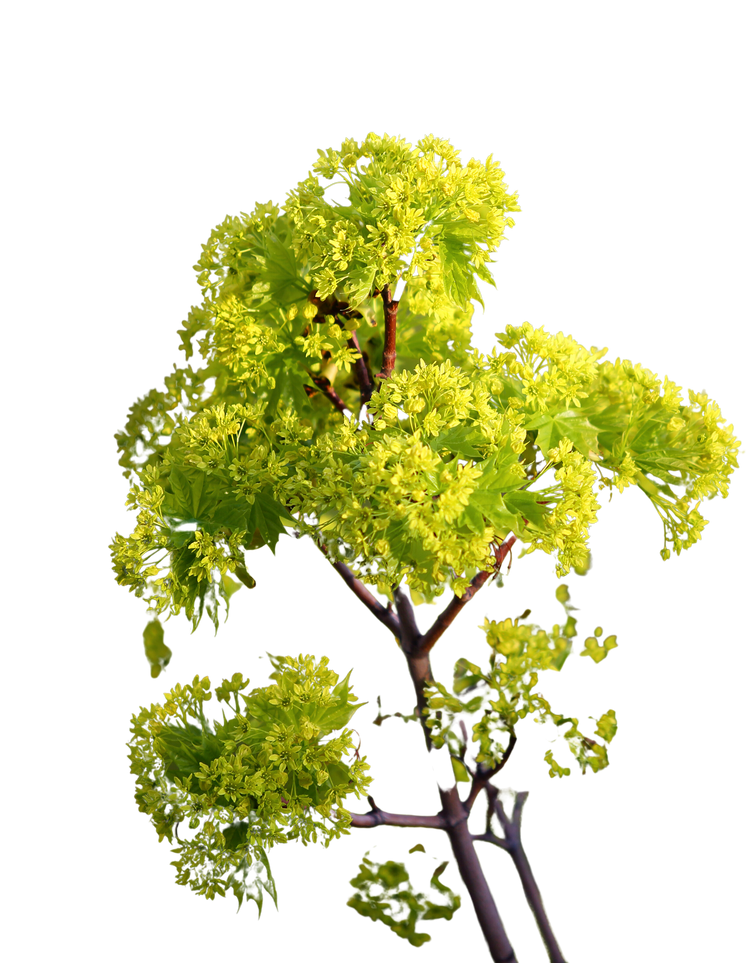

February
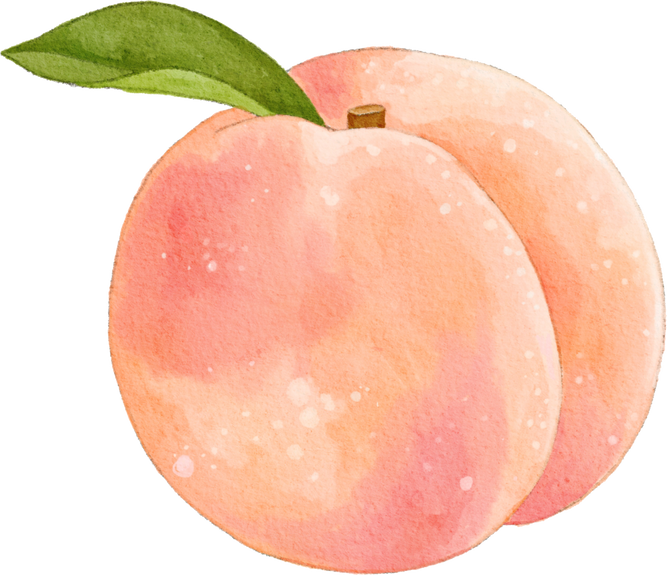

March
Bigleaf Maple
Serviceberry
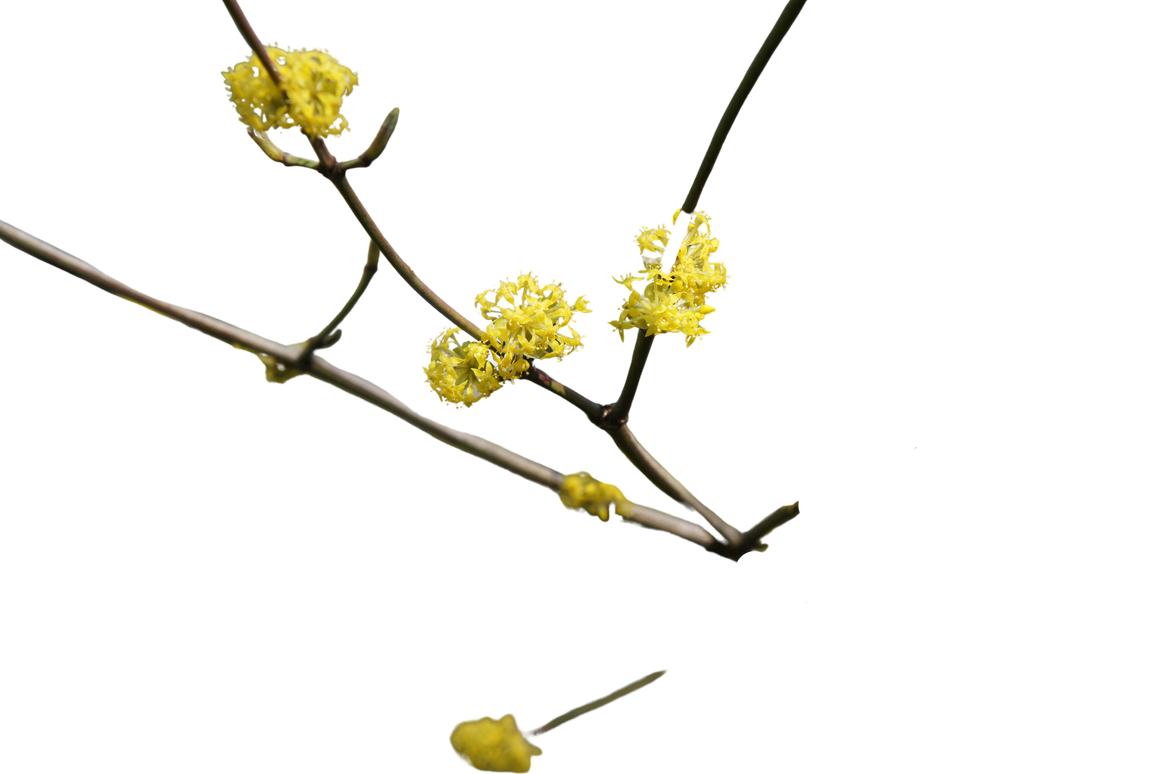
Eastern Redbud
Spicebush
While maples usually bloom in conditions too chilly for bee flight, certain years offer an early kick-start opportunity!
Alder
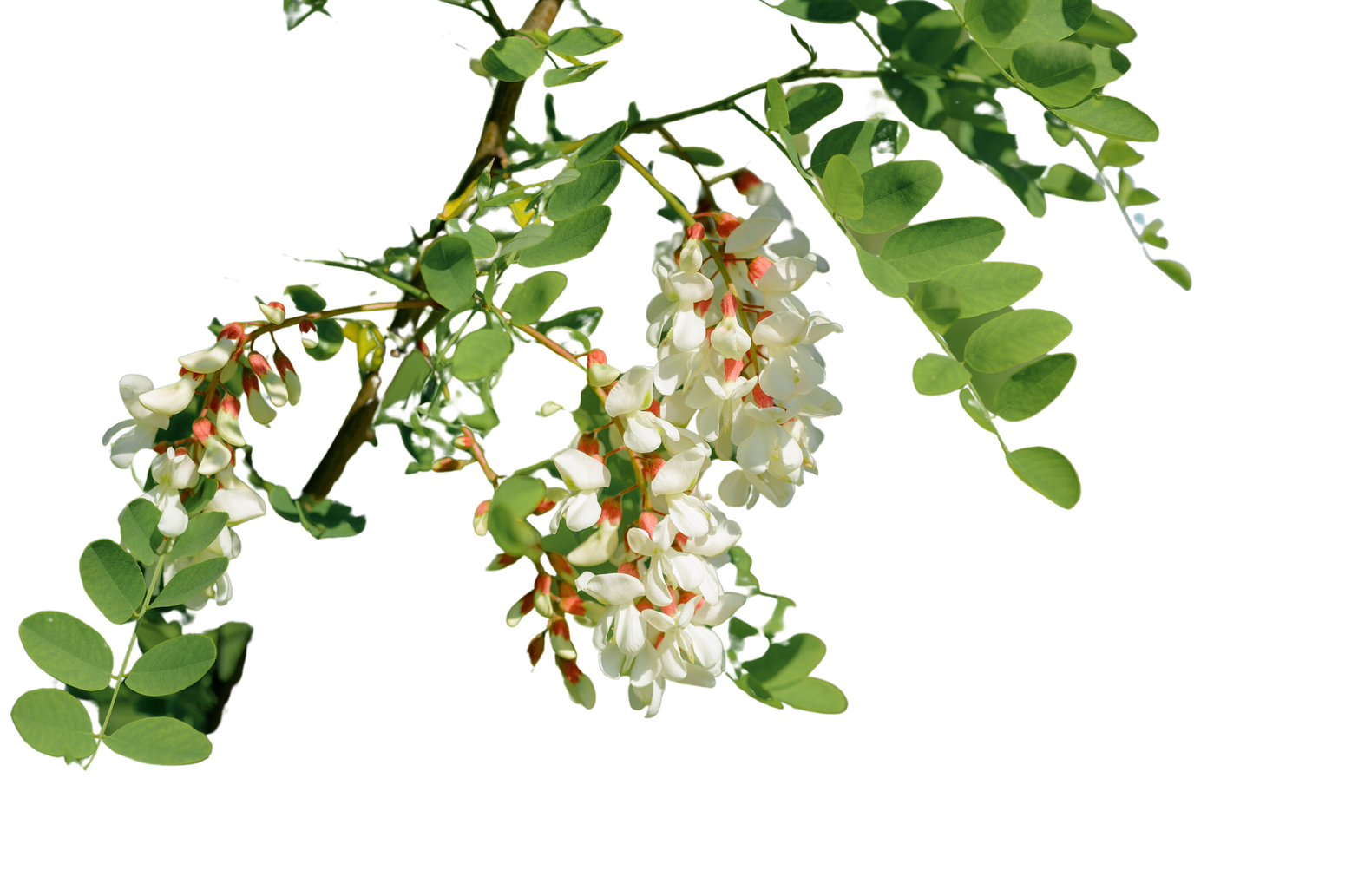

April
Sugar Maple
Black Cherry
Vine Maple
Hackberry
Weeping Willow
Black Locust
Autumn Olive
Domestic Apple
Wild Crab Apple
Tulip Poplar
Ohio Buckeye
Hickory
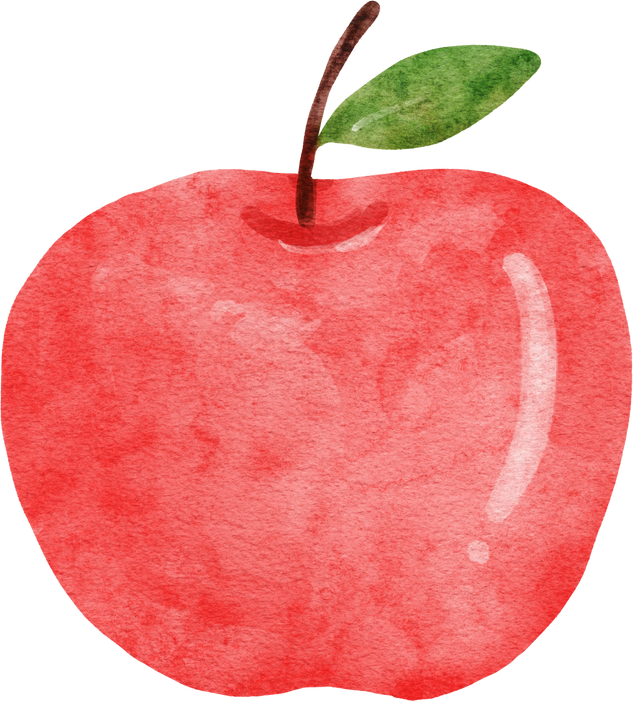
May
Among spring flows, the tulip poplar and black locust trees stand out as the most bountiful and delicious!
Catalpa
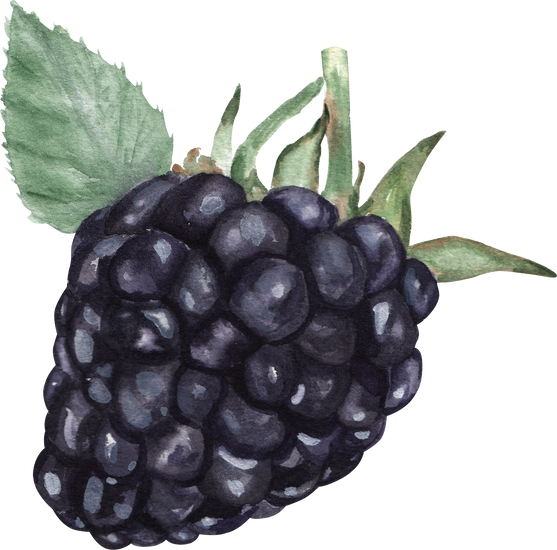
Blueberries
Blackberries
Raspberries
ChokeBerry

June
American Holly
Crownvetch
Eggs ‘n Bacon
Red Clover
White Clover
While the chestnut blooms don’t smell the greatest, it yields a rich marshmellow-flavored honey
Chestnut
July
Sumac
Sourwood



Knotweed's invasive nature allows it to dominate wetland areas, where it yields significant quantities of dense, dark honey.
August
Early Goldenrod
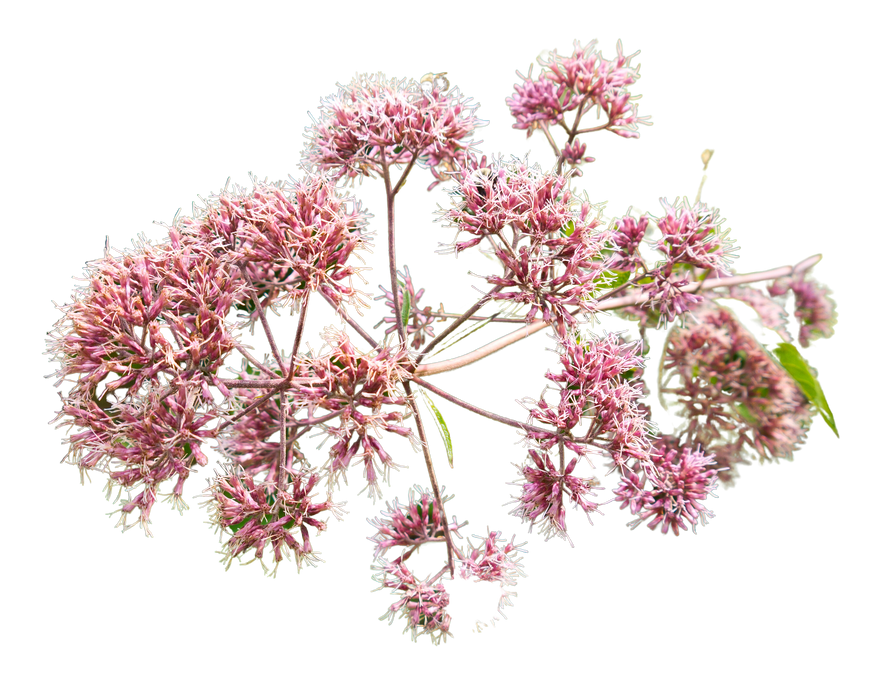
Japanese Knotweed
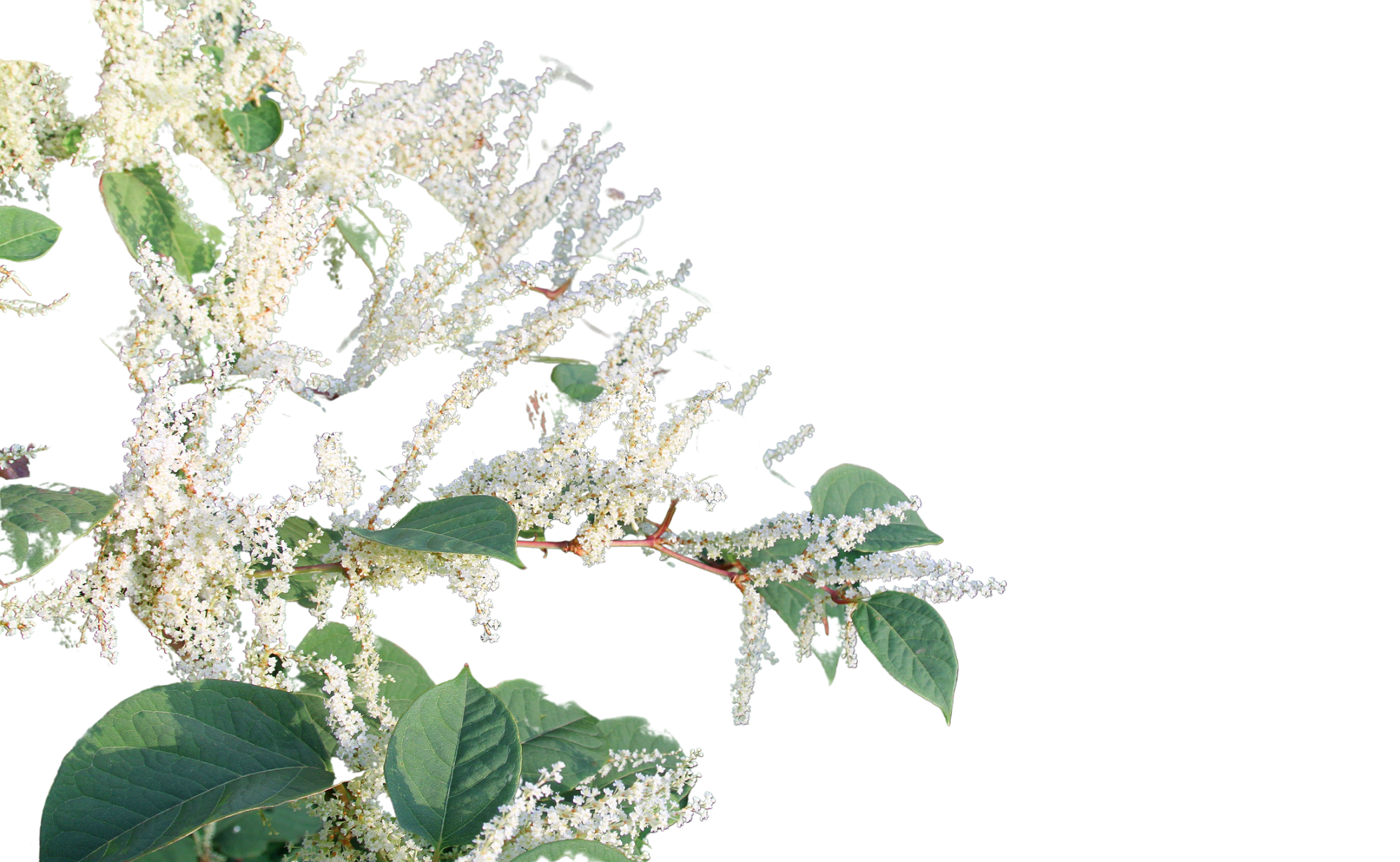
Wingstem
Joe-Pye Weed
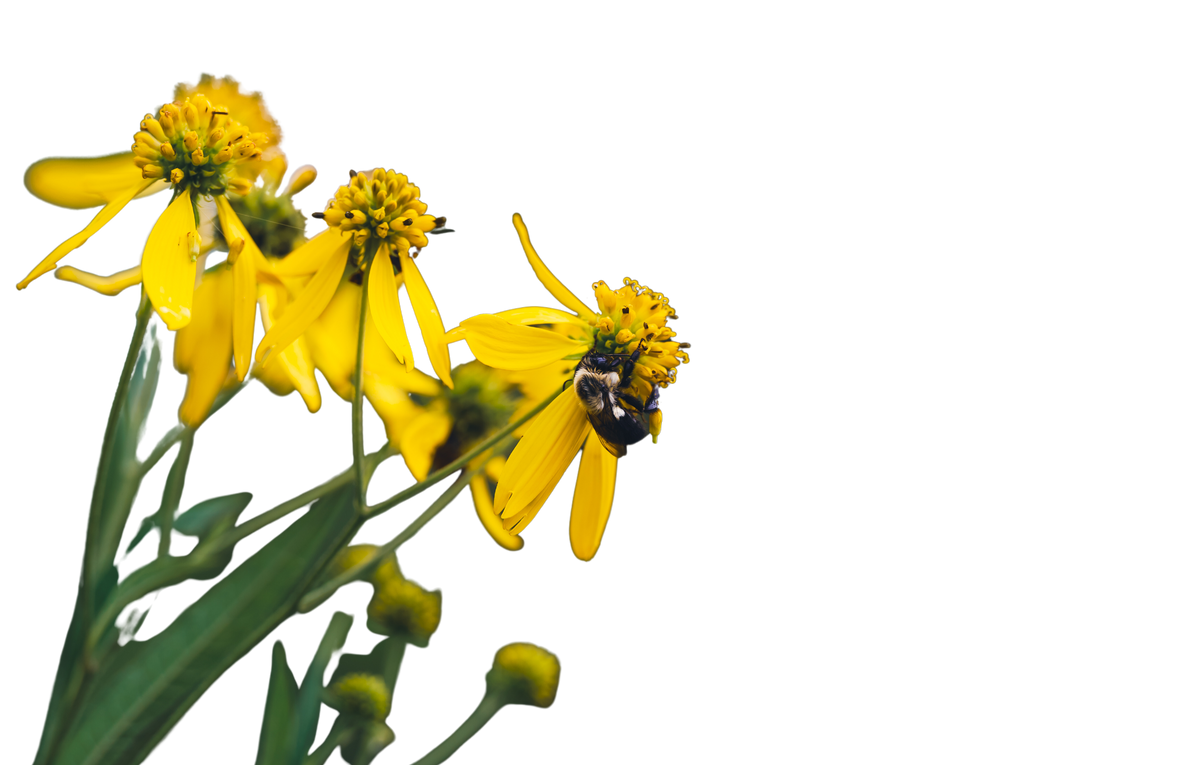
Wingstem produces both nectar and pollen!

September
Late Goldenrod
Calico Aster
Great blue lobelia
Aster (Variety)
October

November
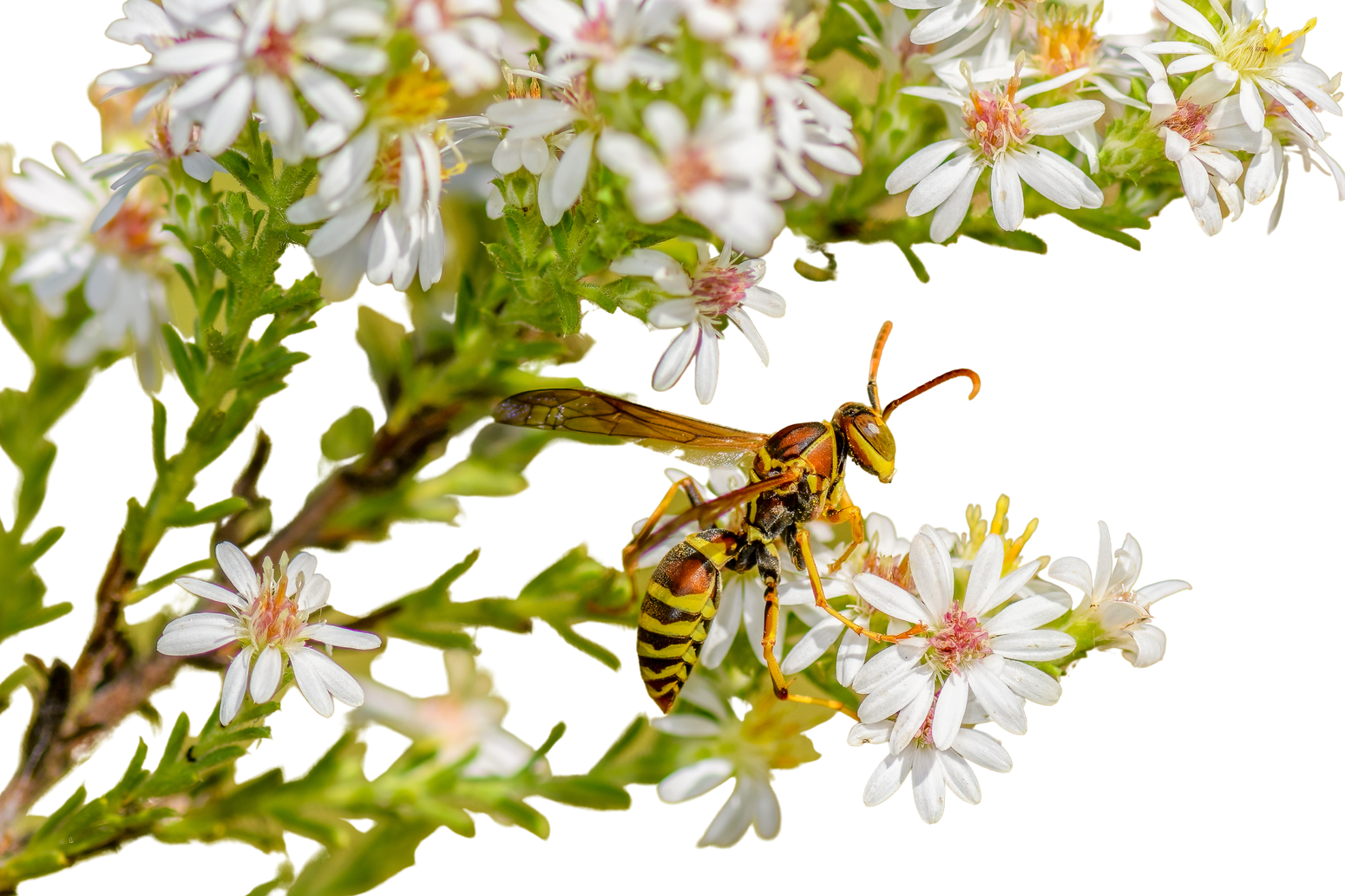
Goldenrod serves as a crucial fall forage. However, without the right rainfall balance, the entire flow may diminish or vanish entirely.


During the wintertime, our bees will only leave the hive to take cleansing flights and gather water. They solely subsist on the honey reserves from the months prior and vibrate their flight muscles to keep themselves warm. This is why it is so important to sustainably harvest honey and make sure the bees have plenty to survive even the toughest winters. With any luck, our ladies will reemerge healthy and ready to start another amazing growing season.